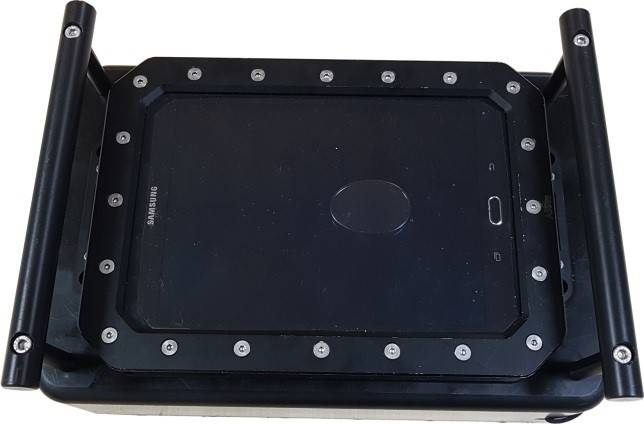
Next generation subsea technology deployed for the first time in the North Sea has helped to improve safety and reduce costcfor an offshore oil and gas project, said Scotland based WFS Technologies.
The firms's new cutting-edge computing and subsea wireless IP camera technology deployed on a pipeline construction project enhanced diver safety and generated significant cost savings by avoiding the need for additional subsea vessels, it said.
The work was undertaken for a new subsea pipeline which was recently installed and was necessary to bypass a platform being decommissioned. As part of the final cleaning and de-watering process prior to the pipeline going live, a gel cleaning device known as a pig is passed through the pipeline at high pressure. Once it reaches the termination point, the pig is ejected into the sea where it fragments.
However, one of the key challenges faced by the industry is how to monitor the pig passing through the pipeline and fragmenting in open water to verify pipeline cleanliness, without the need for a diver or remotely operated underwater vehicle (ROV) in the immediate vicinity. The solution, engineered by wireless subsea device specialists WFS, came in the form of subsea HD cameras mounted on a standard subsea basket, wirelessly controlled and capturing the entire operation in stunning high definition.
Building on technology first developed in 2014 and used Australian oil company Woodside for subsea inspection, maintenance and repair (IMR), WFS Technologies developed the Seatooth Video Mark II. Although the technology has also been designed to be deployed by a ROV, a diver-operated tablet computer was instead used on the North Sea project to set up and control the video cameras with the WFS system wirelessly live-streaming images of the operation to the diver through seawater, while locally storing the raw footage for recovery to the surface.
WFS Chairman and founder, Brendan Hyland, said, “This is another example of how the Subsea Internet of Things (SIoT) can be used to change how our industry executes subsea projects for the better and much more effectively. Enabling divers to be positioned out of harm’s way during this critical phase of the project, while also avoiding the charter of unnecessary additional vessels and ROVs, has a material positive impact on the safety and cost of subsea projects as well as bringing considerable environmental benefits.”




